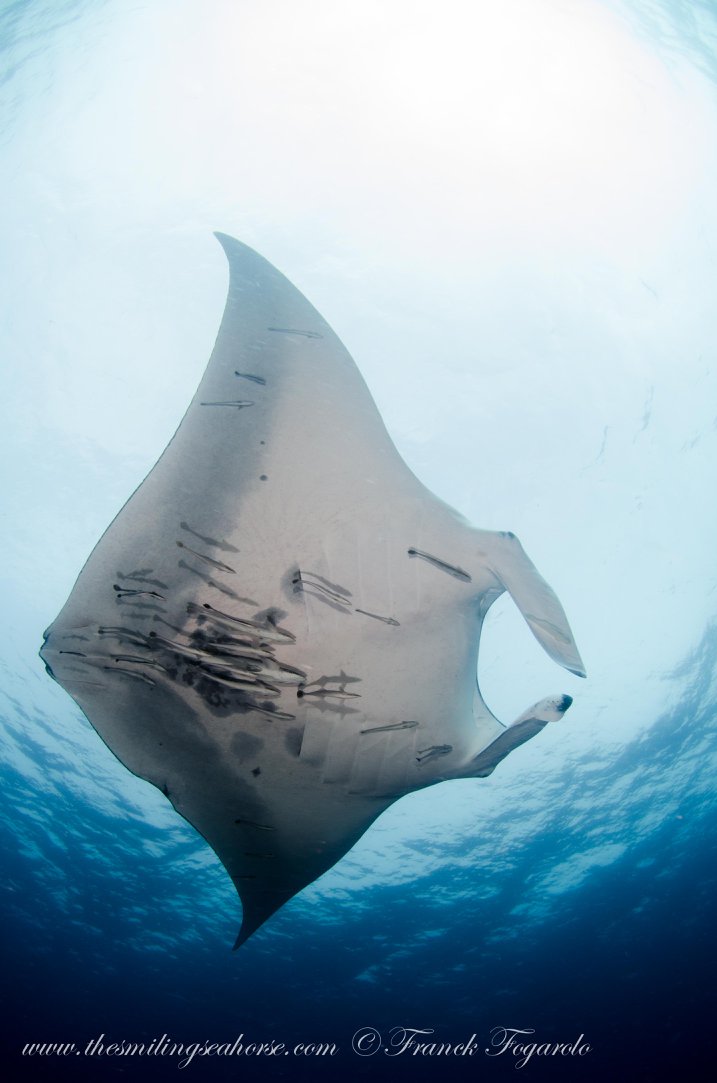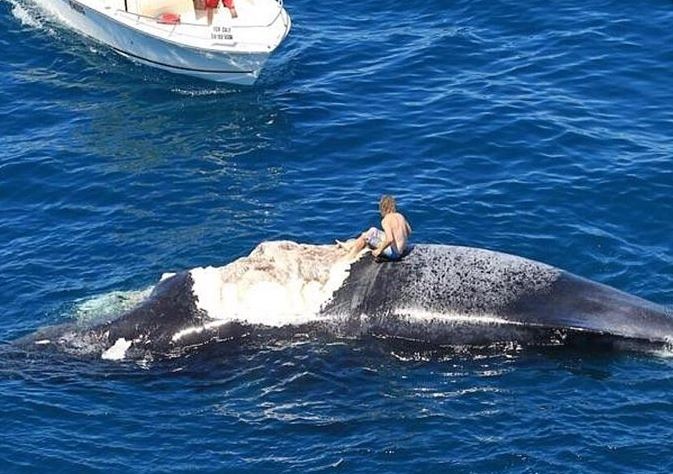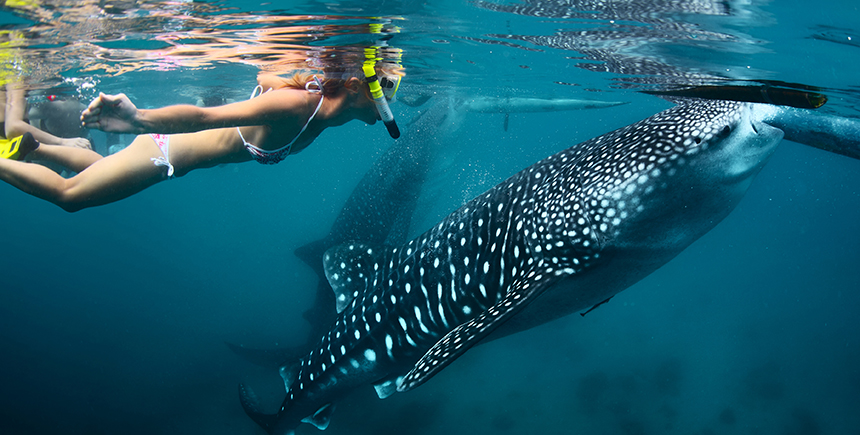

For the Coral Triangle, models have estimated that microplastics occur at 10 4 to 10 6 particles per km 2 or 10 3 g km − 2. The habitat range of whale sharks overlaps with several established microplastic pollution hotspots, such as the Coral Triangle. Opportunistic sampling of stranded whale sharks has confirmed that indeed larger plastic items are ingested, but to date, evidence of direct microplastic ingestion is lacking. Whale sharks thus not only ingest microplastics directly from the water, but further uptake could occur via trophic transfer.


Moreover, isotopic analyses have revealed that whale shark diets can consist of a diverse range of prey, such as shrimp and copepods, as well as myctophid fishes –prey which has been reported to ingest microplastic in the natural environment. < 1.2 mm ), whale sharks are also able to capture smaller particles, such as fish eggs (0.75–0.78 mm ), possibly through cross-flow filtration, thus being likely to reliably co-capture microplastics. Even though the average mesh diameter of the filter pads may theoretically be permissive to smaller microplastics (i.e. The endangered whale shark ( Rhincodon typus ) can spend 7.5 h day − 1 feeding in surface waters (0–1 m), and may thereby filter about 326 m 3 of seawater h − 1, as estimated for a 4.4 m animal. Filter-feeding megafauna might be particularly affected by this form of pollution as their feeding mode requires filtration of hundreds to thousands of cubic meters of water. ), interactions between plastics and marine fauna are common. Given the demonstrated increase of marine plastic abundance over the past 60 years, and the well-established global distribution of microplastics (e.g. Exposed to the environment, plastics break down into increasingly smaller particles, such as microplastics, which are most commonly considered as particles < 5 mm. Improper waste management constitutes a primary source of marine plastic waste with an estimated yearly global input of approximately five to thirteen million metric tons of plastic material to the oceans. Marine plastic pollution is a global problem acknowledged under the United Nations Sustainable Growth Development Goal 14 - life below water. To what extent microplastic ingestion impacts the overall health status of this endangered species remains an open question. With the predicted growth in plastic use, leading to increased plastic marine pollution, whale sharks are expected to become more exposed to this form of pollution. Water samples from the study site in 2019 indicated that the local microplastic pollution (5.83 particles m − 3) was higher than in surface waters in other whale shark habitats, but well below other pollution hot-spots found in Southeast Asia and China (range: 100–4100 particles m − 3). Contrary to our expectations, the microplastic concentration in the scat remained consistent from 2012 to 2019. Here we show that whale shark scat collected in the Philippines from 2012 to 2019 contained a mean of 2.8 microplastics g − 1. Direct evidence for microplastic ingestion in whale sharks however, has not yet been presented. In addition, the habitat range of whale sharks intersects with several recognized microplastic pollution hotspots, among which is the Coral Triangle. Filter-feeding megafauna, such as the whale shark, might be particularly affected by microplastic pollution as their feeding mode requires filtration of up to thousands of cubic meters of water. In footage shot during the encounter, Hauser is approached by the whale, pushed and then lifted onto its snout.Marine plastic abundance has increased over the past 60 years and microplastics (< 5 mm) constitute a primary component of such litter. In another case explored in the film, Nan Hauser, director of the Cook Islands Whale Research, revisited the moment in 2017 when a humpback whale ( Megaptera novaeangliae) she was diving with saved her from a huge tiger shark ( Galeocerdo cuvier) that was stalking her.

"They may not have been trying to save Martin," he said in the show. "The dolphins see a big cloud of blood, they know a shark is in the area." If they had young, they'd want to scare the shark away from the young. Mike Heithaus, professor in the department of biological sciences at Florida International University, said it's unlikely dolphins were intentionally saving Richardson's life. Do dolphins really save humans from shark attacks? The phenomenon is subject to a new Nat Geo show "Saved From a Shark." (Image credit: PacoRomero/Getty Images)īut it's not so clear that's what's actually going on in most cases.


 0 kommentar(er)
0 kommentar(er)
